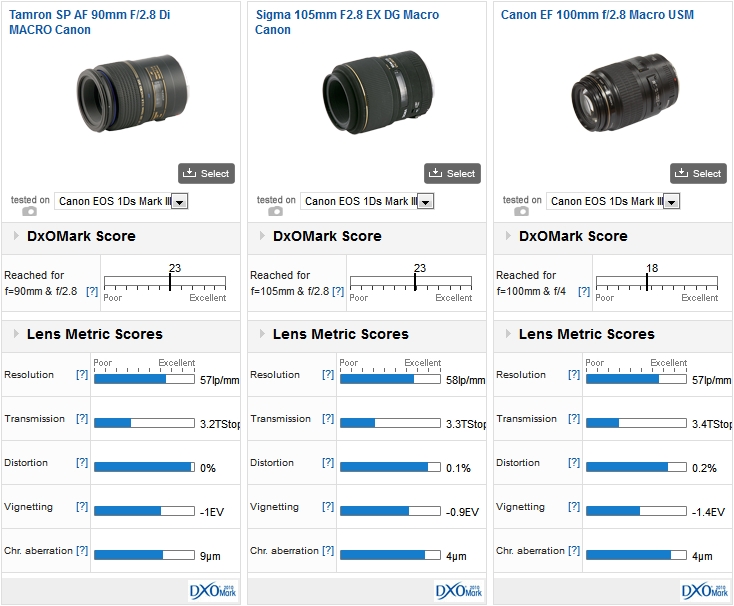
The Sigma Art is the same in this respect. That means that the effective aperture of the lens is f2.8-f22 at infinity and f5.6-f44 at minimum object distance. Focusing does not change the aperture-value of the lens, so even at a magnification of 1:1 the lens still shows f2.8 although it clearly darkens by 2 EV. Īperture: The Sony has no aperture ring unlike the Sigma Art which has a de-clickable ring with 1/3 stop clicks. Image stabilization: The Sony has optical stabilization unlike the Sigma Art which relies solely on the built-in sensor-shift stabilization Sony A7 / A9 / A1 camera bodies provide. įilter-thread: 62mm, just like the Sigma Art. The Sigma Art probably could be used with Sony’s teleconverters (try before you buy). Both lenses do not extend while focusing and the Sony achieves a magnification of 1:10 at a distance of 1.07m (3.5ft.), the Sigma Art at 1.24m The Sigma Art achieves the same magnification at a slightly larger working distances. This results in a working distance of only 0.13m (0.4ft.). Ĭlosest focus distance is 0.28m (0.92ft.) with a magnification of 1:1 which is what you come to expect from a macro lens. The Sigma Art has fluorine-coating on the front element to repel water, dust, and dirt and make cleaning easier – which the Sony seem to miss. This is similar to the Sigma Art (17 elements in 12 groups) ). Optics: The Sony is a pretty complex design with 15 elements in 11 groups including one aspherical and two special dispersion elements. The Sony FE 90mm f2.8 Macro G OSS is listed at 960 EUR / 1100 USD / 850 GBP.
Sony 90mm macro vs sigma 105mm macro full#
But when you full the focus ring back it switches to linear gearing which allows for faster focus action. Sony added optical SteadyShot (OSS) image stabilization to the lens, a focus limiter, an AF-lock button, and a dual MF mechanism: When you leave the focus-ring in the front position the lens has the usual focus-by-wire functionality with variable gearing for very precise focusing. This makes it easier to light your subject and less likely for small critters to shy away. Macro lenses with focal length around 100mm are popular for macro photography and general-purpose use as they offer more working distance than shorter focal lengths.


It was announced in 2015 and followed by the Sony FE 50mm f2.8 Macro in 2016. The Sony FE 90mm f2.8 Macro G OSS was the first macro lens for E-mount corrected for full-frame mirrorless cameras, upon which it’ll deliver up to 1:1 / 1x magnification from a distance of 28cm.


 0 kommentar(er)
0 kommentar(er)
